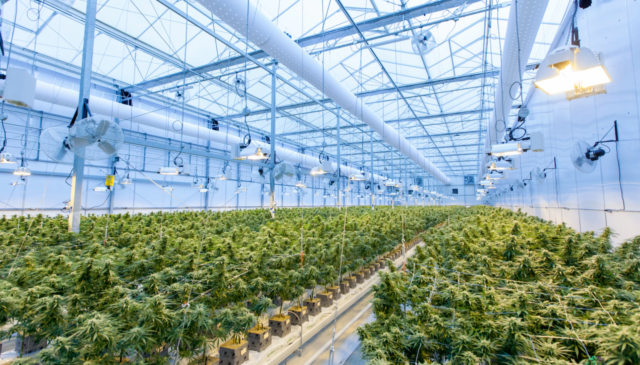
Hemp is an extremely adaptable plant that can grow under versatile conditions. This is why people across the US–no matter the climate they live in–are able to yield in harvests year after year. However, is there a difference between growing hemp in an indoor greenhouse vs the outdoors?
If it’s for food resources, like grain and fiber, an outdoor harvest may be better as the crop will take in more nutrients from sunlight and the soil. But if you’re growing for the sake of cannabidiol (CBD), you may be better off using a greenhouse.
Hemp production for CBD needs to be highly controlled for a number of different reasons:
- Hemp is a bioaccumulator. It soaks up anything found within the soil it’s grown in. If the soil is contaminated (i.e., with heavy metals), then the hemp plant will accumulate this contamination. An indoor grow can allow you to better control soil conditions.
- Within the hemp seed, there is no CBD. Instead, there’s cannabidiolic acid (CBDA), which is a precursor to CBD. It’s not until a hemp plant is fully grown that it becomes abundant with CBD. With that said, it’s in your best interest to extend your harvest time as much as possible to accumulate CBD. A greenhouse grow gives you more leeway in this regard.
- Within the hemp industry, organic growth is desired. For this reason, it’s best to avoid pesticides. While this is highly beneficial for the customer, it can be difficult to navigate if you live in an area filled with pests. A greenhouse grow is your best bet in preventing bugs and rodents from munching away at your crops.
It’s important to keep in mind that greenhouse hemp production is primarily suitable for those who are looking to develop CBD for the marketplace. If you’re simply trying to develop a batch of CBD or hemp for your own personal or industrial use, an outdoor grow will work just fine–the only downside is you won’t have as much control over your harvest.
Image Credit: Richard T
Image Source: https://unsplash.com/photos/yovhXPl8V1M
